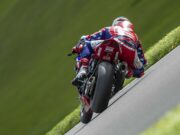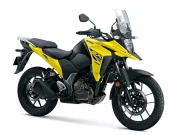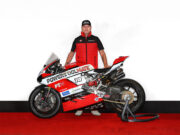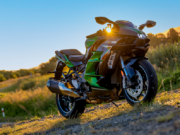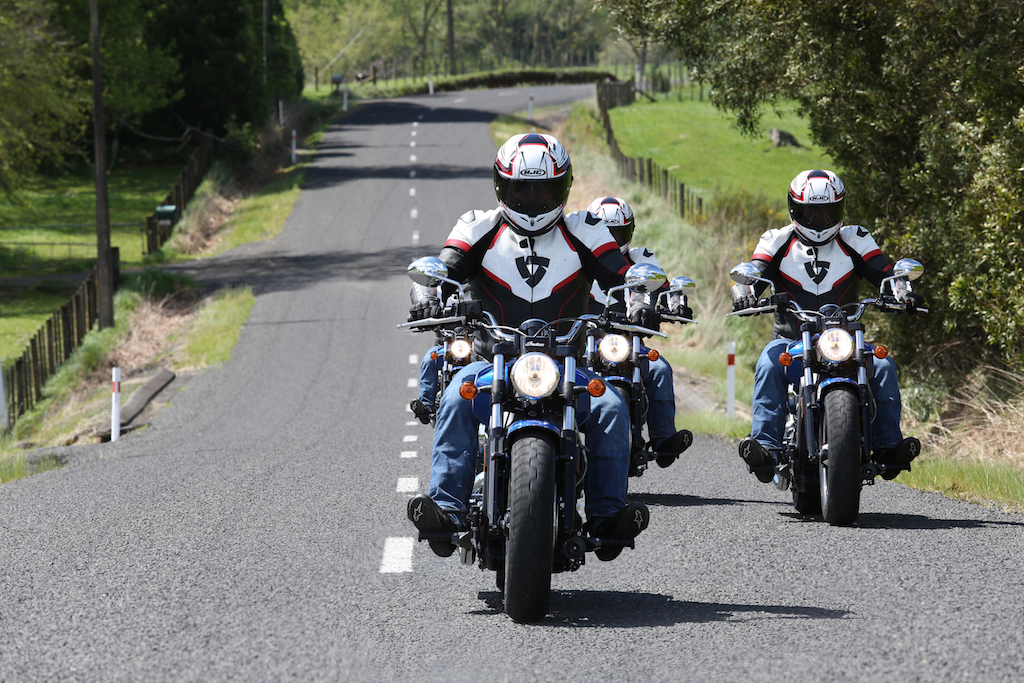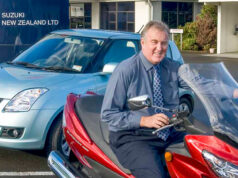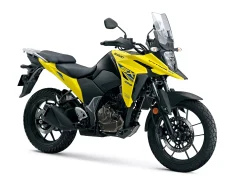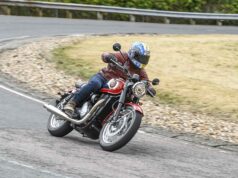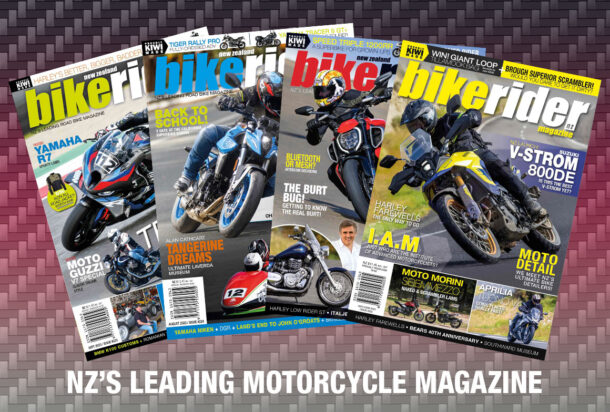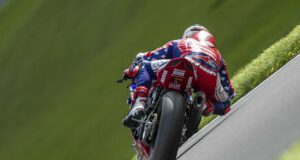Hey team, welcome to 2019! We’re back at BRM HQ again after a thoroughly enjoyed Xmas and New Year break, hope everyone out there had a great holiday period too! Friday means another installment of our popular ‘Road Craft’ series, this week we look at Lane Placement; where you should position yourself and your bike on the road. Happy reading!
Your position on the road comes about through personal choice and – while there are no hard and fast rules – there are some universal guides which may be useful. When it comes to understanding how to enhance your personal roadcraft skills, there are many considerations and chief among them is lane position. In this area, three significant factors are weather, road condition and traffic density.
The ‘universal guide’ suggests motorcyclists divide any given lane into three distinctive ‘zones’ – Zone 1 being just to the right of the outer shoulder; Zone 2 – the centre of the lane, and Zone 3 – just to the left of the centre line.
For those who have difficulty with creative visualisation, Zones 1 and 3 can generally be described and observed as the tyre lines of cars, with Zone 2 being in the middle of those.
So Where’s Best?
A simple question, with a simple answer: anywhere you are safest.
But this doesn’t tell you everything you need to know or should be aware of. Here then, is our BRM guide by office consensus:
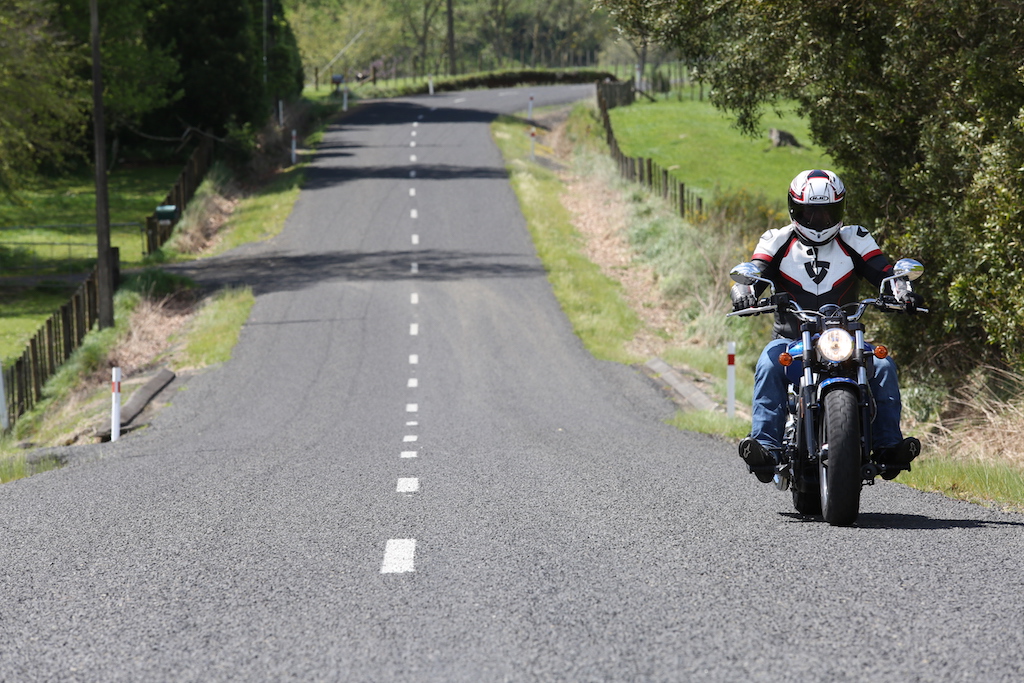 Zone 1 – Typically, not where we like to ride. Despite the Road Code’s mandate of ‘keeping left as much as possible’, in the case of the motorcyclist, this doesn’t always work.
Zone 1 – Typically, not where we like to ride. Despite the Road Code’s mandate of ‘keeping left as much as possible’, in the case of the motorcyclist, this doesn’t always work.
Zone 1 collects most of the debris, often has the worst surface condition, is often home to slick, manhole covers, close to driveways and side-roads and tends to be a blind-spot for other road users. Does it then, have any redeeming features?
Not really, though you need to be comfortable enough to use it when giving way to emergency services vehicles, staying clear of oncoming traffic backdraft, or if you happen to be the number two/four/six rider in a group gaggle.
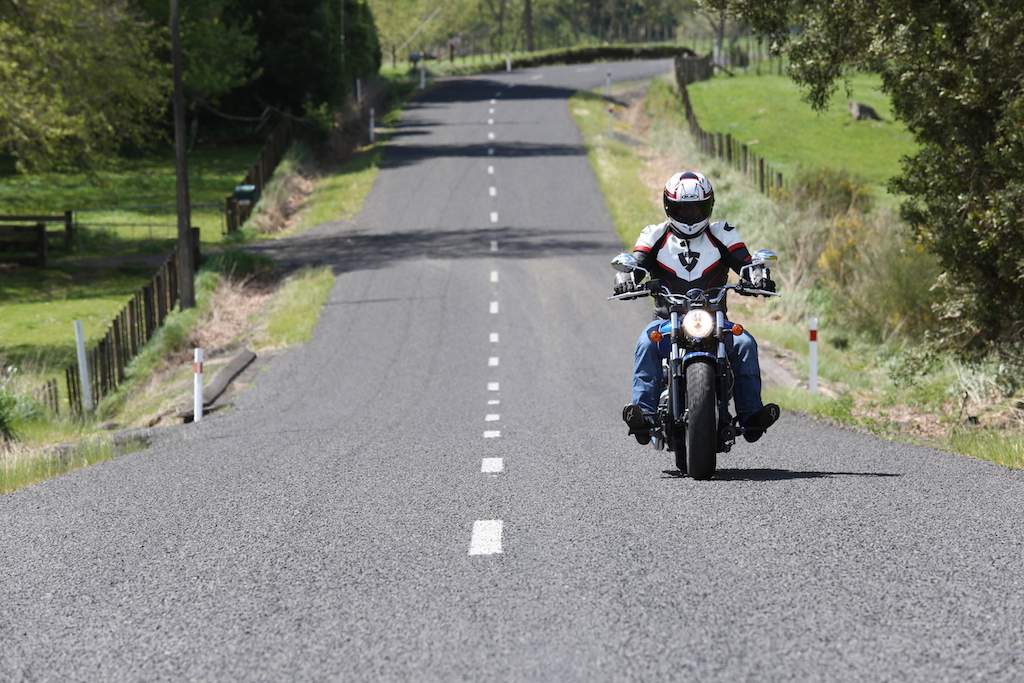 Zone 2 – the Sump line – takes its name from the central spine of any given lane, where four or more-wheeled vehicles – especially older and poorly-maintained ones – have a habit of leaving oil; something to be aware of as we come into summer and seemingly dry roads.
Zone 2 – the Sump line – takes its name from the central spine of any given lane, where four or more-wheeled vehicles – especially older and poorly-maintained ones – have a habit of leaving oil; something to be aware of as we come into summer and seemingly dry roads.
Being the centre of the lane, Zone 2 is often camber neutral and is frequently the best- looking bit of the blacktop in terms of surface condition. Riding in Zone 2 gives you flexibility to move anywhere you might need to go, but you are in a funny place in terms of a following driver’s viewpoint and frequently out of range of a badly adjusted internal mirror of the car in front. For winter riding, Zone 2 can be a good place to be if you encounter icy/snow conditions, as a car’s exhaust system should melt the slippery stuff to give better traction.
This takes us to Zone 3, or the more common term with instructors: ‘Command Position.’
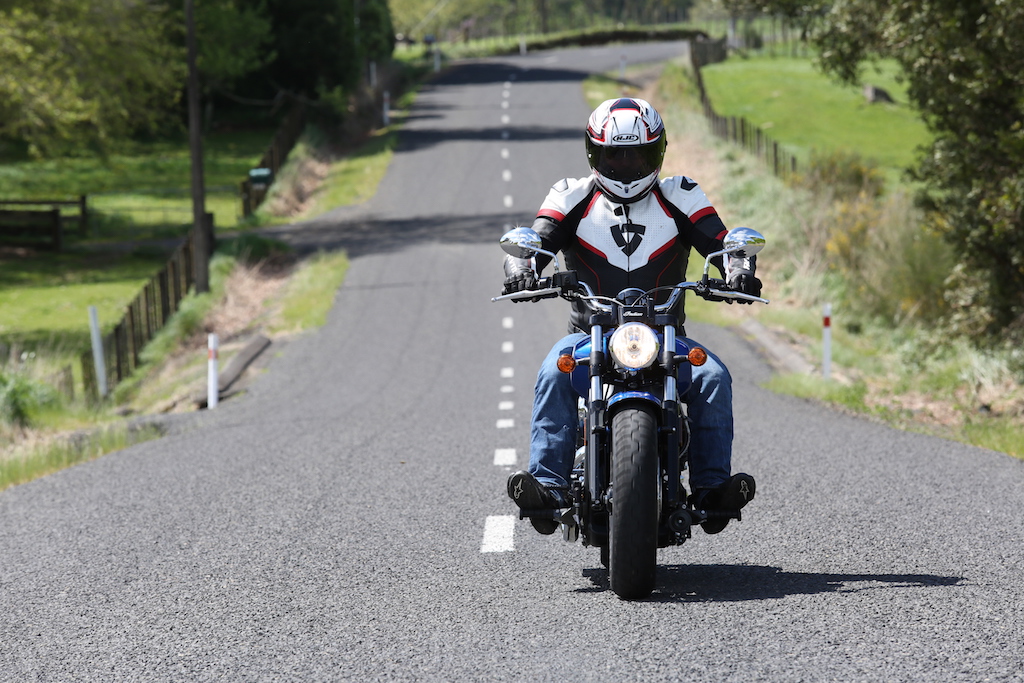 Command Position (CP) takes its name from the theory of the motorcyclist taking ownership of the space occupied, while at the same time, being most visible to the larger percentage of other road users.
Command Position (CP) takes its name from the theory of the motorcyclist taking ownership of the space occupied, while at the same time, being most visible to the larger percentage of other road users.
CP is considered a good place to be regardless of whether the motorcycle is moving or not. In terms of visibility, the motorcyclist in CP is typically in direct line of sight of a following motorist and also – hopefully – in either or both of the interior or exterior mirrors of the vehicle in front.
At an intersection, the motorcyclist is likely to be more visible to a vehicle waiting to proceed from the right or, if the bike is at the front of the queue, visible to oncoming traffic as well, while being distanced from vehicles coming through from the left.
Does this mean CP is the only place to be? Not necessarily.
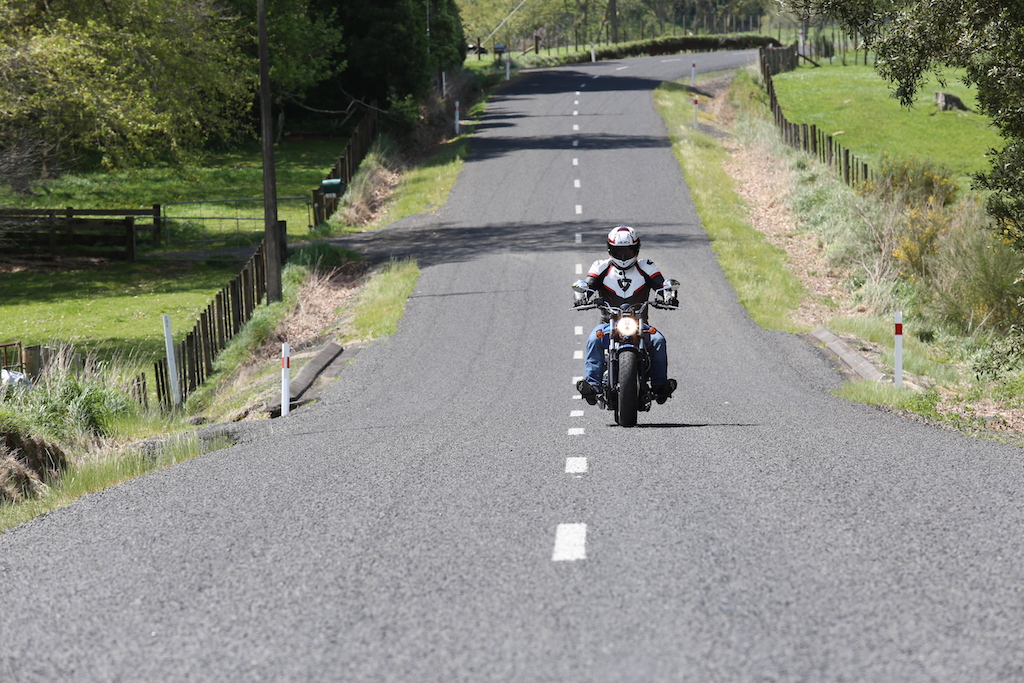 In some turning situations, CP can actually work against the motorcyclist – taking a turning line and running afoul of a badly placed manhole cover on your exit for example, can be a spectacular way to demonstrate that CP may not have been the best position to be in.
In some turning situations, CP can actually work against the motorcyclist – taking a turning line and running afoul of a badly placed manhole cover on your exit for example, can be a spectacular way to demonstrate that CP may not have been the best position to be in.
The term ‘Command Position’ implies that this is the place you should be riding at all times, which some suggest is a flawed theory, as other drivers tend to mentally ‘blank out’ objects which they become accustomed to seeing, such as a motorcycle staying on one riding line – and there is scientific evidence to support this.
Command Position is therefore, where a motorcyclist should typically spend much of their time, but it’s a good idea to mix it up a bit, possibly by incorporating SMIDSY Incident Avoidance Manoeuver (SIAM, as covered in Issue #161) riding techniques: setting up a nice and gentle sequence of safe side shifts between the three Zones, particularly as you approach intersections.
As prefaced, there is no “right or wrong” lane position for a motorcyclist to be in, although CP seems to have the least issues. As with just about everything we all do on bikes however, lane positioning is often a matter of personal preference, guided by experienced advice and applied to whatever situation is developing at the time. Wherever you find yourself on the road however, being focused on self-preservation and aware of others would be the Golden Rule of lane positioning.



